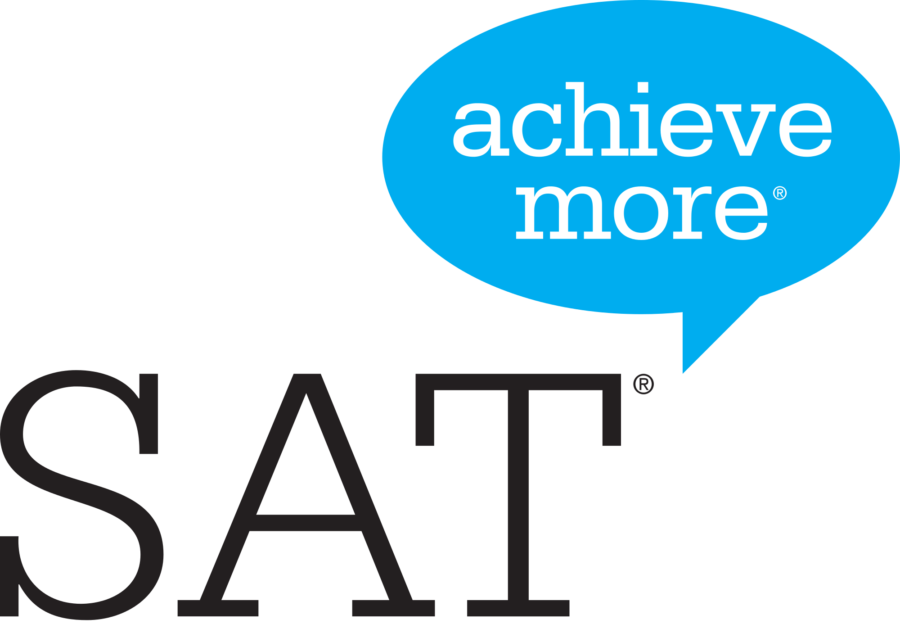Students in the United States have been taking the SAT since the early 20th century, and in recent years their numbers have ballooned up to monstrous levels. In 2014, nearly 1.7 million students took the SAT, the highest number of testers which the College Board has ever recorded. The College Board, however, in light of concerns over how evenly students of different backgrounds end up being prepared for college, has re-evaluated how they quantify college readiness.
In what they claim to be an attempt at opening the doors of college opportunity to students of more diverse backgrounds, the College Board last spring announced significant changes to be made to the whole packaging of the SAT. Principal among these changes is an entirely redesigned SAT test, which has a new emphasis on reading closely and understanding issues in context.
Students who took the PSAT earlier this October will already be familiar with this new format of the SAT, as the preparatory test was also revamped in the latest set of changes by the College Board. As these students may have noticed, the format of questions was significantly different from years past, resulting in a test which is much less fact-heavy, and more integrated as a whole.
Long gone will be the cryptic reading questions which solely analyze a student’s ability to memorize words. Instead, there will be passages based off of social studies topics, embedded with relevant questions that look at a student’s actual ability to comprehend. Math questions out of context will also be a thing of the past, soon to be replaced by more integrated science problems. Even the essay will be taking on a more analytical spin, more closely resembling the Document Based Question (DBQ) essay questions found on AP History exams versus the incredibly broad prompts of the current SAT.
Aside from changes to the actual test, the College Board has also opened a collaboration with the Khan Academy, an online program which is already popular among the many students who use its videos for help in math. With the new SAT however, students with an account on the College Board website will now be able to use the Khan Academy to get personalized help based upon their performance on specific parts of the test.
Another interesting difference between the current SAT and the version which is to be released this spring is that the new edition is scored based on more specific skills areas than just math and reading. Rather, there will be subsections of these areas (such as algebraic skills and understanding vocabulary in context), from which more specific help can be offered through the Khan Academy videos.
Due to this new test’s more comprehensive format, and its new emphasis on improvement (facilitated by the Khan Academy), many colleges across America have already begun to embrace it. Some schools, such as Virginia Tech, are already convinced enough that the new SAT is improved enough that they are no longer accepting scores from the old test for students applying from the high school class of 2017 and later.
Jennifer Collins, head of Oakton’s College and Career Center, advises that any students in grade 11 or below should hold out and wait to take the new SAT when it’s released in the spring. Collins warns that it’s likely many schools will no longer accept scores from the old SAT, which is being administered for the final time this winter.
If students have any further concerns regarding the new SAT, or any other issue regarding the college admissions process, they should head to the College and Career Center, where they can obtain information on the SAT and the various colleges they look to apply to. According to Collins, “nothing can replace physically coming to the [College and Career] Center and finding out directly what these colleges want. More important than anything is that the students are active in looking for the colleges they like, and finding out what those schools want from the [student’s] application.”








